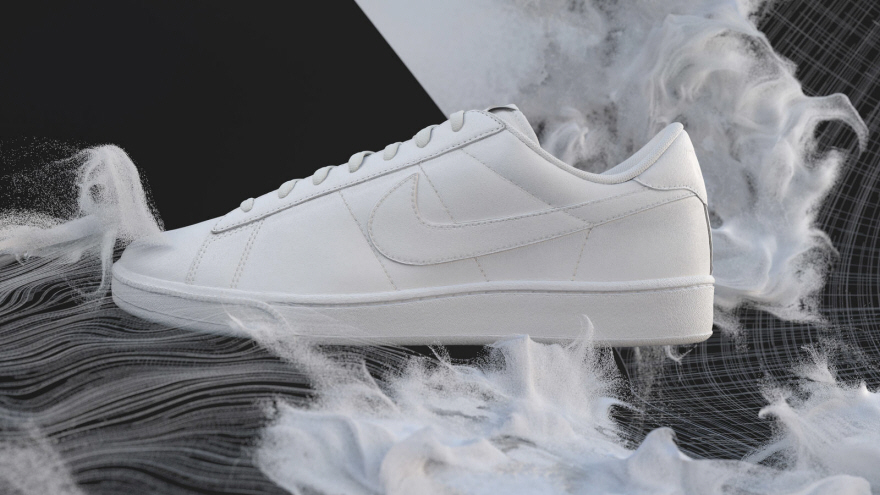#HTE
Nike Answers Sustainable Footwear Trends with New Flyleather Material
Nike’s Flyknit has become unanimous with the brand, now used in everything from sneakers to sports bras. The knit material is more sustainable than many materials used in footwear and fashion, mainly due to its minimal waste production. But since Flyknit’s conception in 2012, Nike has been more focused on silhouette than material development, providing a hole for competitors to fill with a plethora of sustainable options.
It seems as though a fire has been lit under Nike’s butt, as the company just announced its latest sustainable material, Flyleather. The name Flyleather may sound like a sick biker jacket worn in Grease, the material is actually a valid alternative to real leather because it’s still made from at least 50% of the real thing.
 Nike Flyleather Tennis Classic
Nike Flyleather Tennis Classic
Instead of reinventing the wheel completely, Nike is taking resources they already have access to and putting them to better use through a more sustainable production process. To create Flyleather, Nike collects real leather scraps discarded from regular sneaker production, turns the scraps into fiber and then combines the scraps with a polyester blend using a high-pressure hydro process, which I’d love to see in action sometime.
Even though leather is only the 10th most used material by Nike, has the second highest environmental impact for both carbon and water. According to Nike’s research, the hybrid material will use 90% less water and the carbon footprint will be 80% lower than traditional full-grain leather. Flyleather will be produced on a roll, which will improve cutting efficiency and further reduce waste. In terms of performance, sneakers made with Flyleather prove to be 40% lighter and five times more durable.
 Nike Flyleather Tennis Classic
Nike Flyleather Tennis Classic
The first product to feature Flyleather is the Nike Flyleather Tennis Classic. Keeping it simple, the sneaker is all white and steers clear of any crazy design additions.
In the coming months, Nike will also release Flyleather versions of the Air Force 1, Air Max 90, Cortez, Jordan 1 and an updated Tennis Classic. If you’re in the US, you can sign up to win one of the new pairs here.
When looking at the sneakers mentioned above, you can really see what Flyleather is capable of:
 Nike Flyleather Jordan 1
Nike Flyleather Jordan 1
 Nike Flyleather Jordan 1 toe box detail
Nike Flyleather Jordan 1 toe box detail
The slight perforated detail of the Flyleather proves that this is a material easily manipulated either digitally or manually with the hydro process. Hopefully Flyleather will become a regularly used material—at the very least, Nike will be able to lower their carbon footprint and set the tone for other sustainable material developments in the near future.
http://www.core77.com/posts/68997/Nike-Answers-Sustainable-Footwear-Trends-with-New-Flyleather-Material
